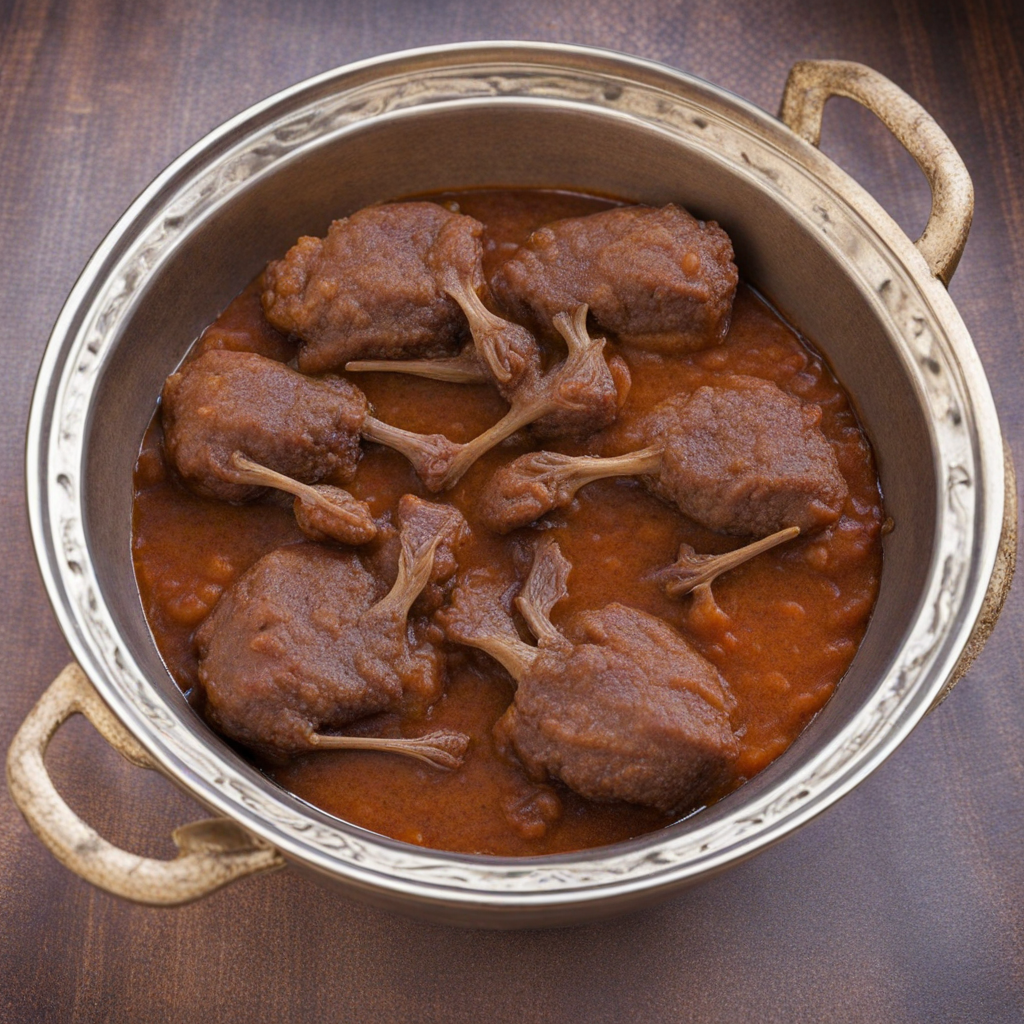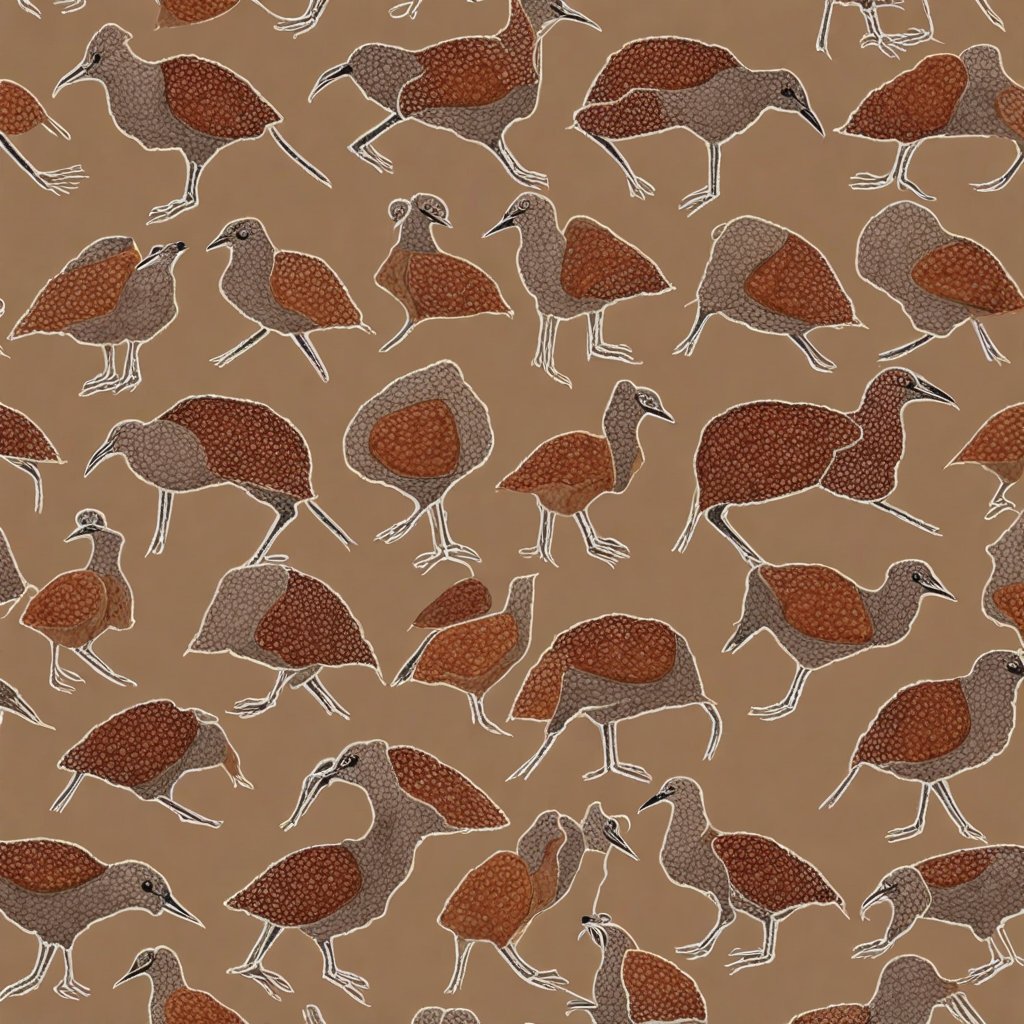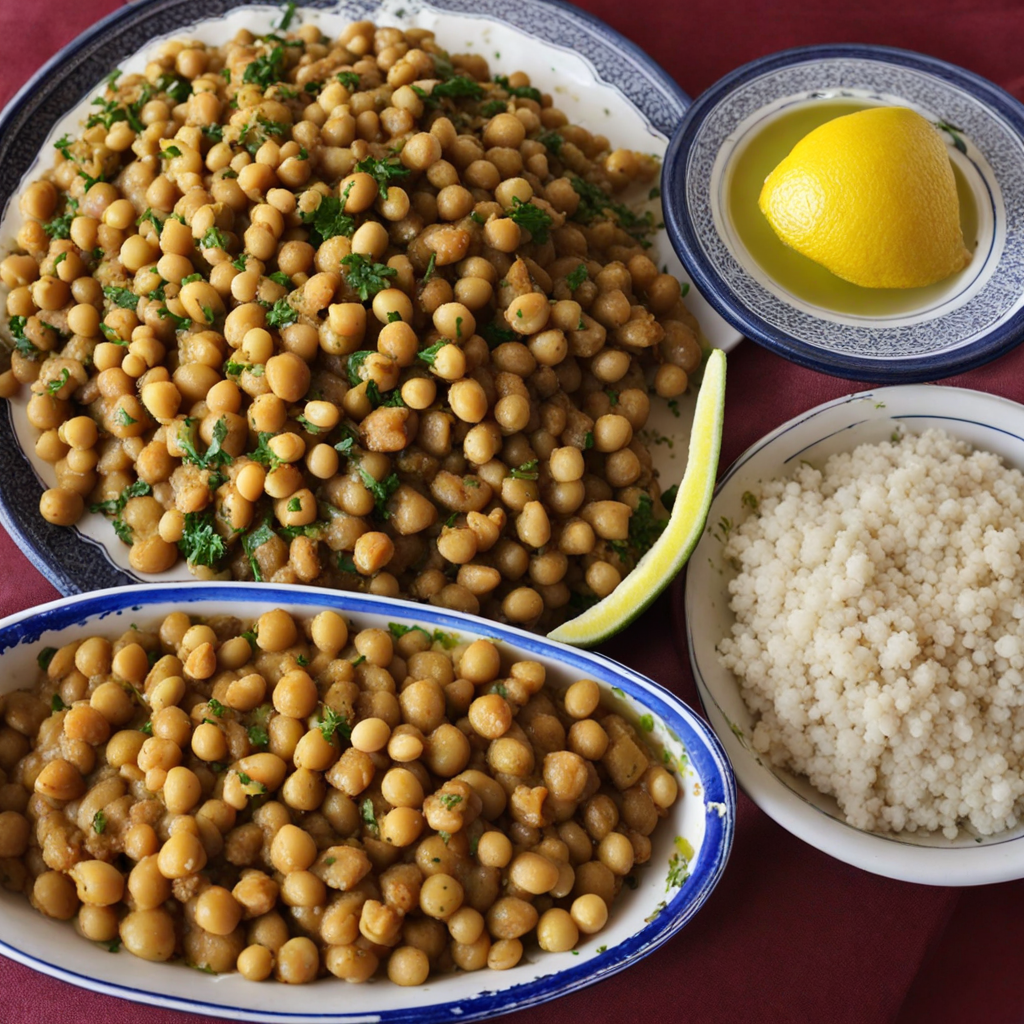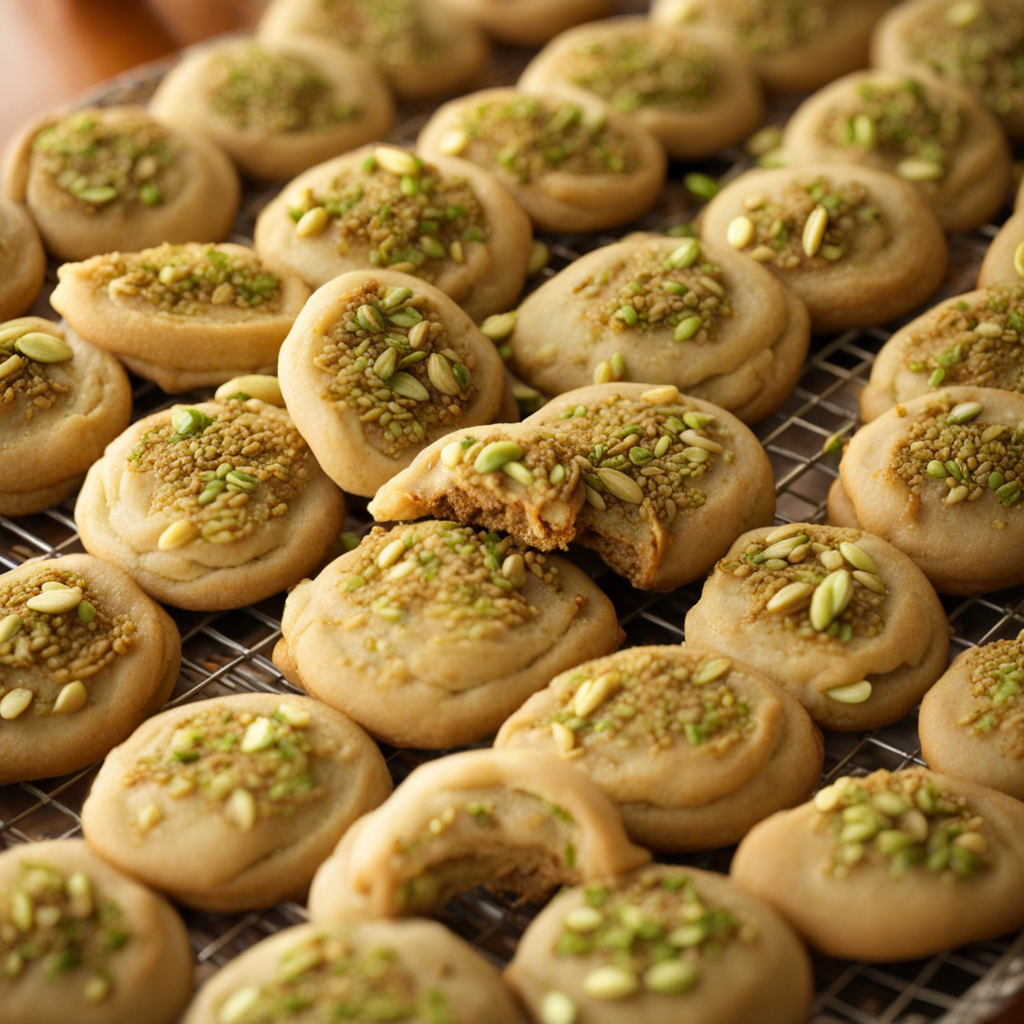Weka
Weka is a traditional dish from Sudan that showcases the rich culinary heritage of the region. This hearty meal often consists of ground grains, typically sorghum or millet, which are transformed into a thick porridge-like consistency. The grains are carefully milled and cooked until they reach a smooth texture, providing a comforting base that is both nutritious and filling. The simplicity of the grain allows for a versatile canvas, making Weka an excellent accompaniment to a variety of toppings and side dishes. The dish is frequently served with flavorful stews or sauces made from legumes, vegetables, or meat, enhancing the taste experience. These stews are often richly spiced, incorporating local spices such as cumin, coriander, and chili, which infuse the Weka with a depth of flavor. Depending on the region and personal preference, the accompaniments can vary widely, offering a delightful exploration of Sudanese tastes. The combination of the mild, creamy Weka with the robust flavors of the stews creates a harmonious balance that is both satisfying and nourishing. Weka is also a communal dish, often enjoyed with family and friends, which adds to its appeal. Traditionally, it is served on a large platter where everyone gathers around, sharing the meal and enhancing the social aspect of dining. This communal experience emphasizes the importance of food in Sudanese culture, making Weka not just a dish but a celebration of togetherness. For those looking to expand their palate, Weka offers an authentic taste of Sudan, inviting you to savor the unique flavors and textures that define this beloved dish.
How It Became This Dish
The History of ويكا (Wika) in Sudan: A Culinary Journey #### Origin and Ingredients Wika, a traditional Sudanese dish, holds a special place in the hearts and stomachs of many in Sudan. This dish, characterized by its rich, hearty flavor and unique texture, is primarily made from sorghum or millet flour. The grains are ground into a fine powder and then mixed with water to create a dough-like consistency. This dough is then formed into small balls or cakes and traditionally cooked in a steaming pot or over an open flame. The origins of Wika can be traced back to ancient Sudan, where agriculture was an integral part of life along the Nile River. The fertile land allowed the cultivation of various grains, particularly millet and sorghum, which are well-suited to the arid climate of the region. These grains became staples in the Sudanese diet, forming the basis of many traditional dishes. The preparation of Wika is not merely a culinary practice; it reflects the agricultural heritage of the Sudanese people. Historically, sorghum and millet were not just food sources; they were vital components of the community's identity, symbolizing resilience and adaptability to the harsh Sudanese landscape. #### Cultural Significance Wika is much more than a meal in Sudan; it is a symbol of community and cultural heritage. It plays a crucial role in social gatherings, family celebrations, and communal events. The preparation and sharing of Wika often bring families and friends together, reinforcing social bonds and cultural identity. In many rural areas, the making of Wika is a communal affair. Women gather to prepare the dish, sharing stories and laughter as they work together. This collaborative approach to cooking underscores the importance of community in Sudanese culture. The act of making Wika also serves as a way to pass down culinary traditions from one generation to the next, ensuring that the knowledge and skills associated with this dish are preserved. Wika is traditionally served with various accompaniments, such as stews, sauces, or vegetable dishes, which enhance its flavor and nutritional value. The dish is often consumed during significant life events, including weddings, religious ceremonies, and festivals, marking its importance in the cultural fabric of Sudan. #### Development Over Time The evolution of Wika can be seen through its adaptation to changing times and circumstances. Historically, the dish was primarily prepared by women using traditional methods passed down through generations. However, as Sudan has experienced social and economic changes, the preparation of Wika has also evolved. With urbanization and modernization, the way Wika is made and consumed has undergone significant transformations. In urban centers, where traditional cooking methods may not be feasible, many Sudanese families have turned to pre-packaged Wika mixes, which allow for quicker preparation. This shift reflects broader global trends in food consumption, where convenience often takes precedence over traditional practices. Despite these changes, the essence of Wika remains intact. Many people still cherish the traditional method of making Wika, viewing it as a connection to their heritage. In rural areas, traditional methods persist, with families often dedicating time to the preparation of this beloved dish during harvest seasons or special occasions. The globalization of food culture has also introduced new flavors and ingredients to traditional Wika. While the core components remain the same, some cooks have begun to experiment with different spices, vegetables, and meats, adding a contemporary twist to this age-old dish. This fusion of traditional and modern culinary practices highlights the adaptability of Wika and its enduring relevance in Sudanese cuisine. #### Wika in Contemporary Sudan Today, Wika continues to be a cherished dish among Sudanese people, both within the country and in the diaspora. As Sudanese communities have spread across the globe, they have taken their culinary traditions with them, ensuring that Wika remains a staple in Sudanese households, regardless of location. In Sudan, Wika is often featured in restaurants and food stalls, showcasing its popularity among locals and tourists alike. The dish is celebrated for its rich flavors and nutritional benefits, making it an essential part of the Sudanese diet. Efforts to promote traditional Sudanese cuisine have also led to a renewed interest in Wika, as chefs and home cooks alike seek to highlight the cultural significance and historical roots of this dish. Furthermore, the rise of food tourism in Sudan has brought attention to Wika, as travelers seek authentic culinary experiences. Food festivals and cultural events often feature Wika, allowing visitors to taste this traditional dish while learning about its significance within Sudanese culture. #### Conclusion Wika stands as a testament to the rich culinary heritage of Sudan. Its origins are deeply intertwined with the agricultural practices of the region, reflecting the resilience and adaptability of the Sudanese people. As a dish that symbolizes community and cultural identity, Wika continues to play a vital role in social gatherings and celebrations. While the preparation and consumption of Wika have evolved over time, its essence remains unchanged. It is a dish that transcends generations, connecting people to their past while adapting to the present. As Sudan continues to navigate the complexities of modernity, Wika serves as a reminder of the importance of preserving culinary traditions and celebrating the flavors of the land. In a world increasingly influenced by globalization, Wika holds a mirror to the enduring power of food as a cultural connector, bridging gaps between generations and communities while nourishing both the body and soul. This dish, with its rich history and cultural significance, will undoubtedly continue to thrive in the hearts and kitchens of Sudanese people for generations to come.
You may like
Discover local flavors from Sudan







